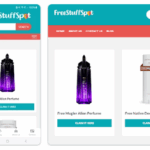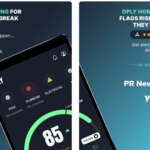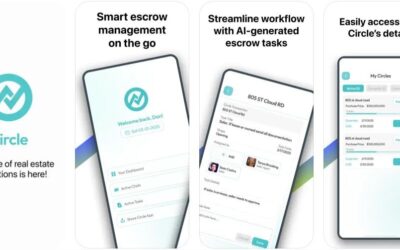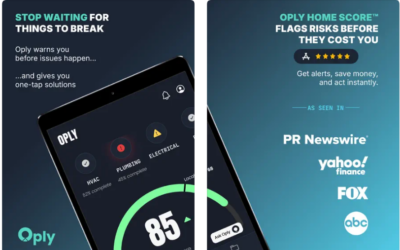Step 1: Start with Market Research
 The first step in building an MVP is to conduct market research. You need to understand the market needs and trends, and determine if there is a gap in the market that your product can fill. Market research also helps you identify the target audience and their preferences. This research should also include competitor analysis and pricing models.
The first step in building an MVP is to conduct market research. You need to understand the market needs and trends, and determine if there is a gap in the market that your product can fill. Market research also helps you identify the target audience and their preferences. This research should also include competitor analysis and pricing models.
Step 2: Ideate on Value Addition
 Once you have identified the market gap, the next step is to brainstorm ideas for value addition. Ask yourself questions like: What unique features can I add to this product? What are the customer expectations? What value can I provide that my competitors cannot?
Once you have identified the market gap, the next step is to brainstorm ideas for value addition. Ask yourself questions like: What unique features can I add to this product? What are the customer expectations? What value can I provide that my competitors cannot?
Step 3: Map Out User Flow
 Once you have identified the features and value addition, it is time to map out the user flow. This involves creating a flowchart that outlines the steps a user will take while using the product. This flowchart will help you identify the core features and prioritise them.
Once you have identified the features and value addition, it is time to map out the user flow. This involves creating a flowchart that outlines the steps a user will take while using the product. This flowchart will help you identify the core features and prioritise them.
Step 4: Prioritise MVP Features
 The next step is to prioritise the MVP features. This involves deciding which features are necessary for the MVP and which ones can be added later. It is important to focus on the core features that will add the most value to the product.
The next step is to prioritise the MVP features. This involves deciding which features are necessary for the MVP and which ones can be added later. It is important to focus on the core features that will add the most value to the product.
Step 5: Launch MVP
 Once the MVP features have been identified and prioritised, it is time to launch the MVP. This involves building the product and releasing it to the market. It is important to test the product before launching it to ensure that it meets the customer’s expectations.
Once the MVP features have been identified and prioritised, it is time to launch the MVP. This involves building the product and releasing it to the market. It is important to test the product before launching it to ensure that it meets the customer’s expectations.
Conclusion
Creating a Minimum Viable Product is a great way to launch a product quickly, with a small budget. By following the steps outlined above, you can create an MVP that meets the customer’s expectations and helps you identify the features that need to be added in future iterations.

































